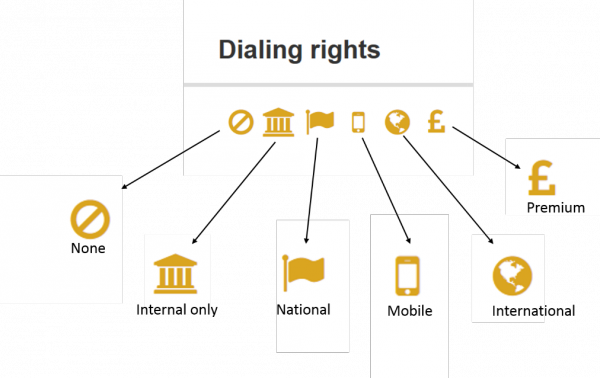To request a new Phoneman administrator, please complete the Chorus Access to Phoneman service request.
To request to remove a Phoneman administrator, please complete the Chorus Access to Phoneman service request.
After login you will be taken to the home screen. This includes a self-service section which is available to all users, and may also show a devolved administration section which is only visible to phoneman administrators. If you are the Chorus administrator for a unit but can only see the self-service section then please contact us to request access.
The self-service section displays show the following settings as they apply to you:
- Your telephone extension and host department
- Your calling line identification (CLI) - this number will be displayed to people that you call. If this shows None then your telephone extension will be used for the CLI
- Your dialling rights (none, internal-only, national, mobile, international, premium-rate)
- Your directory status (private, internal-only)
- Any phone handsets that your extension is connected to
- Any hunt and pickup groups that you are in
- Your local telephone administrator
You can also edit the speed-dial buttons on your phone:
- Click on the edit symbol at the end of the phone information
- You will be shown a list of the phones linked to your number. Select the phone you want to edit the speed-dial buttons for
- From the list of buttons, select the one you want to edit and complete the form to set the display name and dialed number for the button. Remember to add a leading 9 for external numbers




